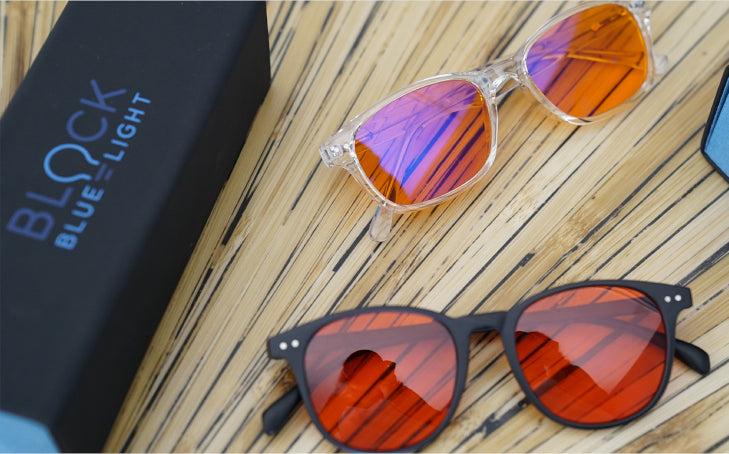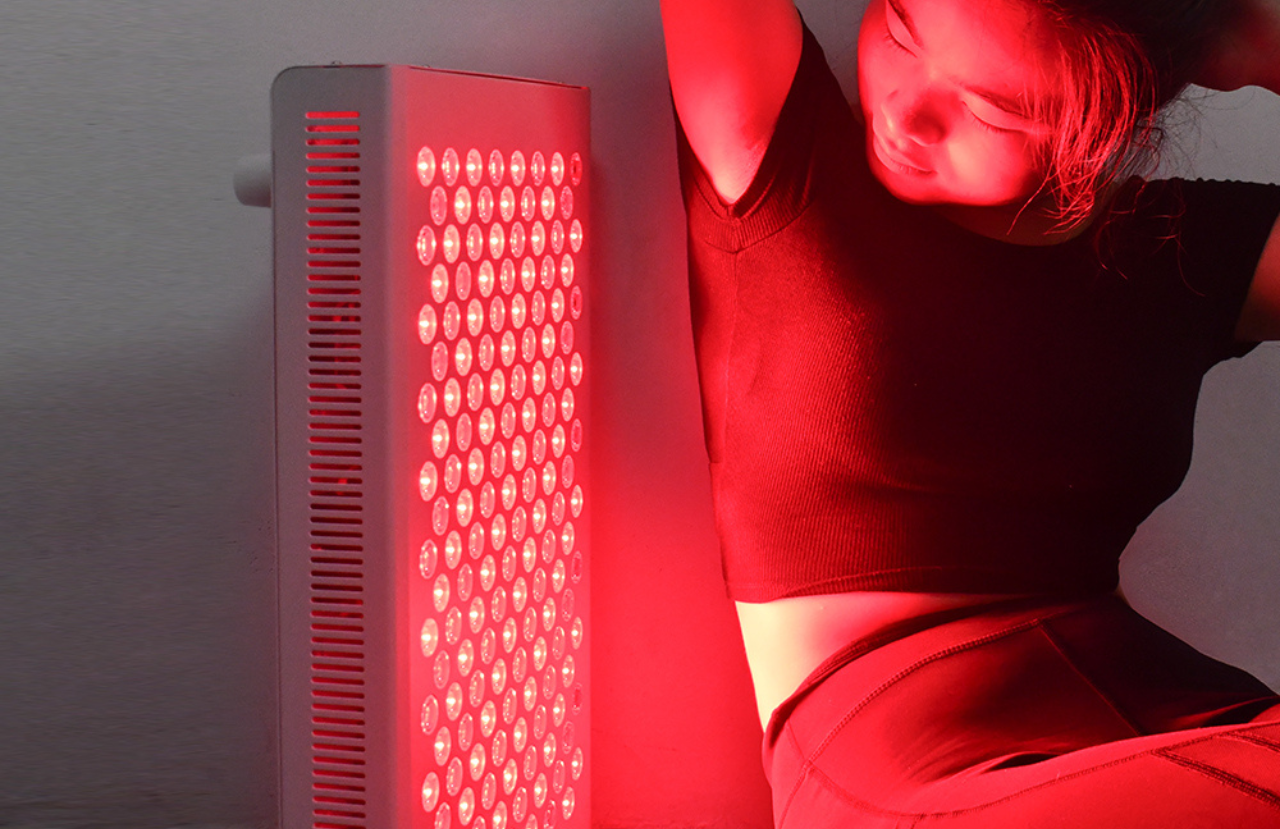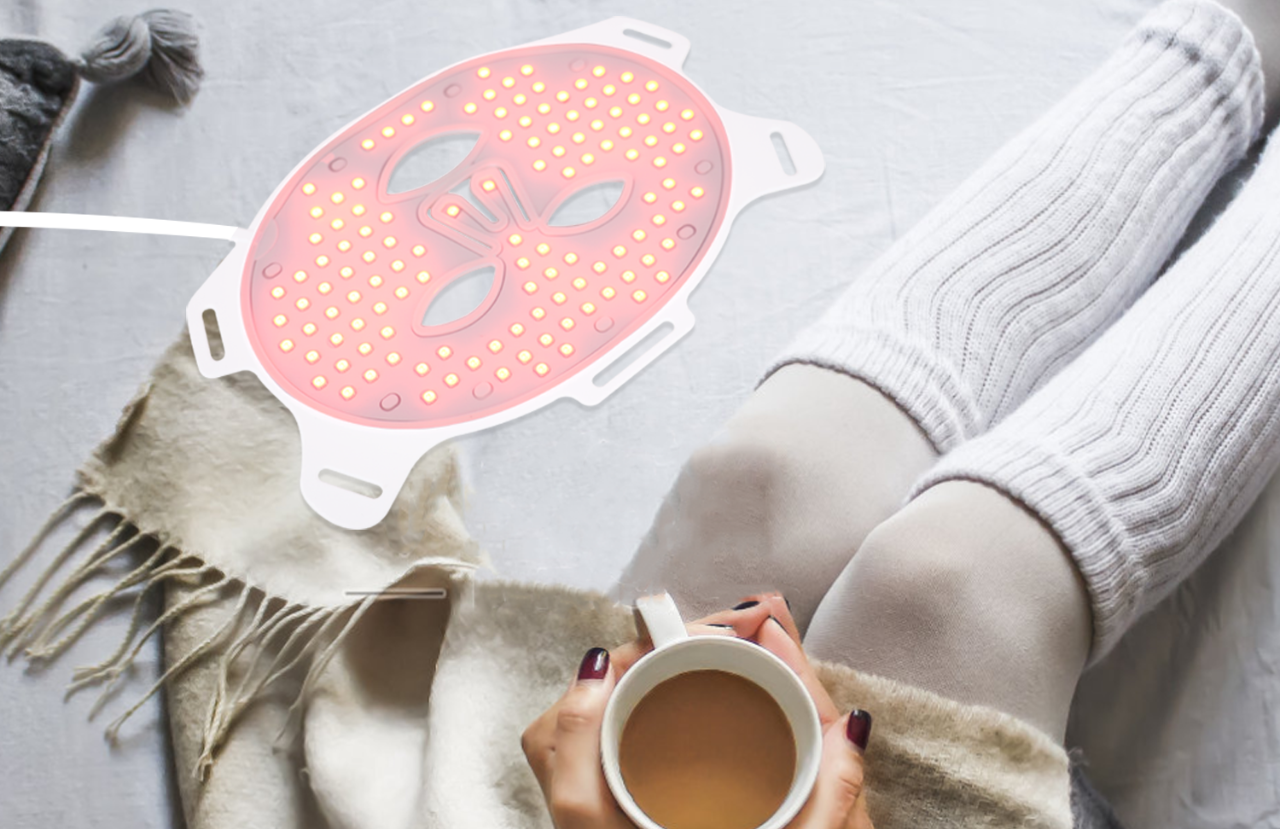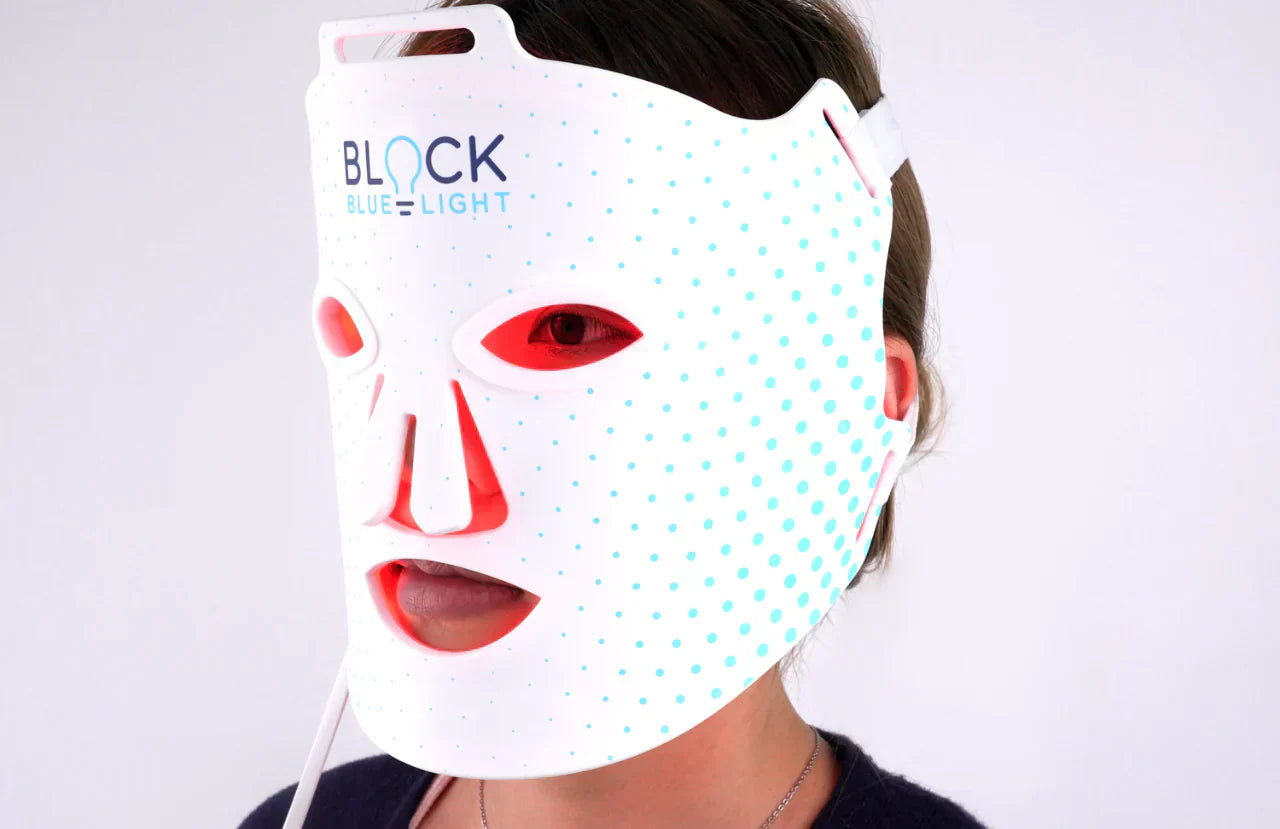Visual stress is a condition in which the eyes are sensitive to patterns. Often children are diagnosed with visual stress when they have trouble reading at school. However, if you’re one of the many children whose was never diagnosed, you may be diagnosed as an adult.
Continue reading to understand what visual stress is, whether you or your child may have it and whether tinted glasses for visual stress work.
Visual stress is caused by a problem in processing the input from the retina. This means that you could have 20/20 eyesight and still have difficulty reading. This is why glasses for short-sighted or long-sighted people don’t help with visual stress, and tinted glasses for visual stress are used as a treatment instead. If you have visual stress, words may appear distorted on the page and you may get fatigued while reading.
Visual stress is also called Meares-Irlen Syndrome, after the researchers who discovered the connection.
If you experience any of the following symptoms, you may have visual stress:
Moving Text
You may see the words move around the page, become duplicates or swirl around. The words may become bigger or smaller.
Fading letters
Words may become darker or lighter
Colours changing
Random colours may appear or the original colours may appear distorted
The white background becomes the focus
White colour causes the most discomfort for people with visual stress because of its brightness. When reading words on a white page, you may see white worms winding around the page.
Physical discomfort
You may get watery, red eyes after reading. You may also get fatigued or get a headache. Tinted glasses for visual stress may reduce these symptoms for people whose eyes get strained from reading, whether or not they have visual stress
Distorted Spatial Awareness
If you have visual stress, you may misjudge the distance and space around you.
Sensitivity to bright light
Those with visual stress may find bright lights extremely uncomfortable, especially white/blue light from screens and LEDs. This includes white and shiny surfaces that reflect such light.

Do I have visual stress or digital eyestrain?
Visual stress is a lifelong condition that is believed to be caused by the neurons in the visual cortex (an area at the back of the head) being hyper-excited. These neurons fire too rapidly, causing the above symptoms.

Digital eye strain is a temporary condition that anyone can develop after using screens for long time periods. If your eyes are strained, they may become watery and red, you may have blurred vision and experience eye, head and neck pain. Digital eyestrain can easily be fixed by reducing screen exposure or using blue light blocking glasses.
Is visual stress the same as dyslexia?
Visual stress is NOT dyslexia but can be present in dyslexic individuals.
Dyslexia is a learning disorder that involves difficulty reading due to problems identifying speech sounds and learning how they relate to words. Dyslexia affects the part of the brain that processes language.
Many people with dyslexia may also suffer from visual stress, thus making it even harder for them to read the words on a page. These people can also benefit from tinted glasses for visual stress. There is a large percentage of children and indeed adults who are not identified as dyslexic but still suffer from these symptoms. The appropriate coloured tinted lenses may also help these individuals
Things that may worsen visual stress
If you suffer from visual stress, reading is already a difficult task for you. Any less-than-optimum lighting conditions may trigger you and make things worse. Two common triggers include:
Flicker
Flicker can either be invisible flicker or visible flicker. Both types of flicker trigger visual stress. Sources fo flicker include:
Lights
LED lights, fluorescent lights or halogen lights
Screens
mobiles, tablets, computers, television screens and classroom smart boards
Movement of objects
People hovering in your peripheral vision and objects outside of what you are directy looking at, such as poles on the side of your road.
Light colour
Every colour of light has a different wavelength and certain individuals get triggered by certain colours.
Commonly intense light triggers people with visual stress. Intense light from LEDs and screens contains blue light which carries high levels of energy. On one end of the light spectrum, blue light (380-500 nanometer) has the most energy out of all light colours, with red light (620 to 750 nm) being the lowest in energy at the other end. Research has shown that blue light causes problems such as digital eye strain, which includes symptoms such as fatigue, dry or watery eyes, itching, blurred vision and migraines in people with normal eyesight.
Blue light at untimely hours (such as after sunset) also causes hyper-alertness of the mind, as the brain thinks it is still daytime and promotes wakefulness instead of sleep.
These 2 factors combined can worsen the conditions of people with visual stress.
Treatment for visual stress:
Since visual stress is a perceptual problem, rather than a problem with the eyes, standard glasses for short-sighted/long-sightedness can’t improve the condition.
Instead, visual stress is treated using coloured overlays or precision-tinted lenses in spectacles. A visual stress test is carried out by the optician where a variety of coloured overlays are shown to identify the colour which reduces the most visual stress symptoms.
The coloured overlays are usually red, orange or yellow and they filter the high energy wavelengths of blue light, thereby reducing the intensity of the surroundings and making it easier on the eyes. However, for some people, other tints such as green may work better.
Your optician may take a Wilkins Rate of Reading Test to see if the coloured overlays improve your reading ability. If improvements are seen, these overlays are prescribed for the next 4-6 weeks.
Other treatments for visual stress:
Mobile covers:
People with visual stress report that changing the colour temperature of their digital devices helps them see better because it reduces the intensity of the light. Similarly, reducing the ‘white point’ of the screens may reduce the glare. However, this fix doesn’t filter the high-energy blue light wavelengths.
A better option is to use a scientifically tested phone-screen filter. This overlay uses a special pigment to filter blue light rays, without compromising the colour quality of the display.
Things to look for:
- Make sure that the wavelengths from 300-455 nanometres are filtered by at least 50% for the filter to be effective. This is the range of blue light.
- Ask for a spectrophotometer report, for proof that the filter does its job. Our ScreenTime Blue Blocking Screen Filter checks all the above and is tested by a lab-grade spectrophotometer whose report can be found on the website.
Blue-free lighting:
Changing your light bulbs to blue-free lighting means that you can take your tinted glasses off and even get away with reading in bed! This is because blue-free lighting does the same job as your tints, depending on the severity of your condition.

During the daytime, use BioLight, a full-spectrum light. This light emits white light which contains the full spectrum of colours just like the sun. Traditional LEDs emit an excess of blue light compared to the other colours. Using a BioLight saves you from the effects of artificial blue light, such as digital eye strain and disturbances in sleep cycles.
For evenings, use low-intensity filtering (yellow light), and for the night use high-intensity filtering (red light) for maximum protection. If you like to read in the evening, replacing traditional white LEDs with yellow bulbs and using yellow book lights instead of white lights will provide relief.
Things to look for when buying blue-free lighting
- For whichever product you buy, ask for a spectrum report for proof that the lights do their job.
- Amber lights: These evening lights should block the whole spectrum of blue light (300nm-455nm).
- Red light: These night lights should block 100% of blue light as well as green light, (300nm-550nm) since green light exposure also inhibits melatonin production.
- Make sure that the lights are flicker-free. Our eyes strain to focus due to the invisible flicker of traditional LEDs.
If you still have questions about blue light and how it affects your eyes and health do read more on our blog.
Confused or have questions? We would love to answer. Ask away!
References:
https://jboccupationaltherapy.co.uk/tinted-lenses/
https://www.eyesite.co.uk/childrens-eyesight/what-is-visual-stress/
https://www.ocopticians.co.uk/eye-examinations-services/dyslexia-and-visual-stress/





